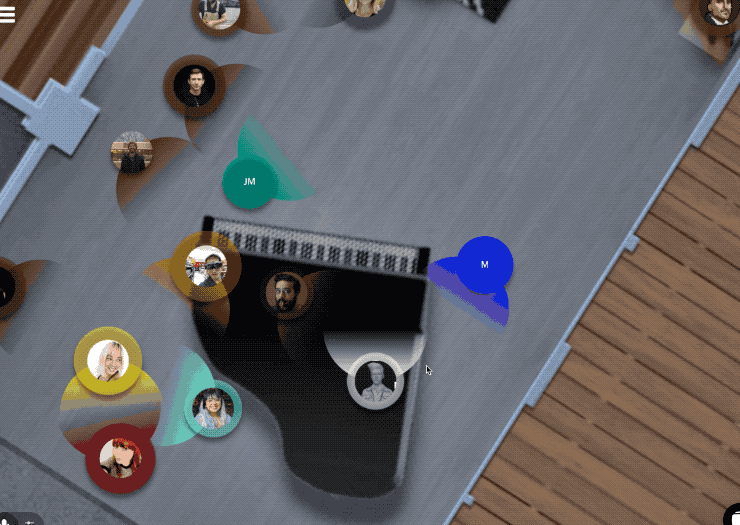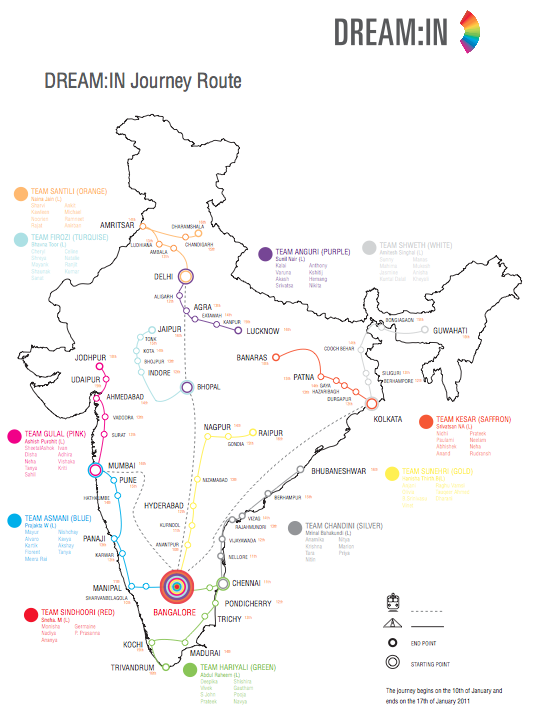"Concepts that become evident in film become applied in our own practicesHow we experience the world and then take that into our [design or professional] practice."
Brian McGrath
[singlepic id=489]
matter-flux/open whole
"bergson's conclusion...:if the whole is not giveable...it is because it is the Open, and because its nature is to change constantly, or to give rise to something new, in short to endure."
"The duration of the universe must therefore be one with the latitude of creation which can find place in it." (Deleuze, Cinema 1,p9) "The real whole might well be...an invisible continuity"." (Deleuze, Cinema i p1_).
"Act on it one piece at a time." BM
set of information - "a way of looking at an image, not as a picture, but as a set of elements in relation to each other which give you a limited frame of the open whole."
immobile cuts or section: a closed unmoving system/set.
frame - We will call the determination of a ...relatively closed system which includes everything which is present in the image - sets, characters and props - framing." (Deleuze, Cinema_ - "you can't close the whole world out, you can only close out certain information in a frame." BM
movement image - "Movement as physical reality in the external world, and the image, as a psychic reality in consciousness, can no longer be opposed." Deleuze defines the movement image as "the centered set of variable elements which act and react on each other." (
perception image - "set...of elements which act on a center, and which (
objective perception ex: your percept of the room if you are viewing it from the door outside
subjective perception - means you're inside the "scene"
ex: your percept of the room if you are siting inside it
affection image -
-we become intimate with these characters, we empathize and identify with them.
-less about worldly information and more about the qualities of the individual, the qualities of the face. a close up.
thought image
has to do with memory
reflection image
- remembering and reflecting what has happened and overlaying it to what is currently available. (recalling information)
-relating the present to the past
-by the time it reaches the brain, it is already in the past
relation image
impulse image- "the energy wich seizes fragments in the originary world." (Deleuze, Cinema 1, pg 124.)" "between affection and action is impulse"
action image - "reaction of the center to the set." (Deleuze, Cinema I, p.217) "The action image frames the body in a medium distance shot."
sensori motor system - "Bergon states in Creative Evolution that 'the sesnori-motor system' [is] the cerebro-spinal nervous system together with the sensorial apparatus in which it is prolonged and the locomotor muscles it controls," (p. 124).
sensori-motor schema - "organizes and coordinates the perceptions, affections, and actions of each living image, and from this schema issues particular configuration of the world..." (Bogue Deleuze on Cinema, p4.)
"extensions to our sesnori-motor apparati - ex: digital tools, body practices like yoga or boxing." BM
"a schema to help us understand ourselves both as hunters and cyborgs" BM
first the hunter develops the skills, the locomoot muslces skills, and then devleops a hunter schema eventually to develop a schema betwn ceberbor spinal nervous sytem _ locomortor muscles.
"this is how we can be change detectors and change agents." BM
living image/interva/center of indeterminacy - is the center odf indetermination of a living image, an interval or gap in the universal interaction of matter flows"How do you construct an interior space, a reality from scenes in the film?
objective perception/subjective perception - movmeeng images are either objective or subjective. Objective per is provisionally defined as a point of view from outside the framed set, while subjective perception isd efined as a point of view from within the freamed set. (Deleuze, Cinema 1, pg 71-6)
nbsp ex: "you assume you're looking at the wife through the view of the husband's eyes and the husband from the view of the wife's eyes. if the camera assumes that position, it is subjective" BM
"There's something powerful about that camera that just sits there, is meditative and watches the world go by."BM
While he uses static shots, the camera changes places between shots, so in that sense it moves. He is always at right angles to the room he is filming like an architect.
add'l
shots -
static
moving
temporal
Change blindness - "sometimes my mind creaties patterns of history, am i seeing reality or am i seeing something i remember." BM
re: using two different ladies in Ozu's film
Films Mentioned:
 Gaspar Noe's "Enter the Void" 2010
Gaspar Noe's "Enter the Void" 2010
 Ozu's.......
Ozu's.......
Sources:
Deleuze, Cinema I
BM - Brian McGrath
My Questions:
How do you do that when there are shots that aren't just static - like panning and tilting or using a dolly.
Why do you want to get the metrics and measurements of the building? Especially when it could be a a set - so it is a partial and fake reality that you then try to define.
[nggallery id=39]









